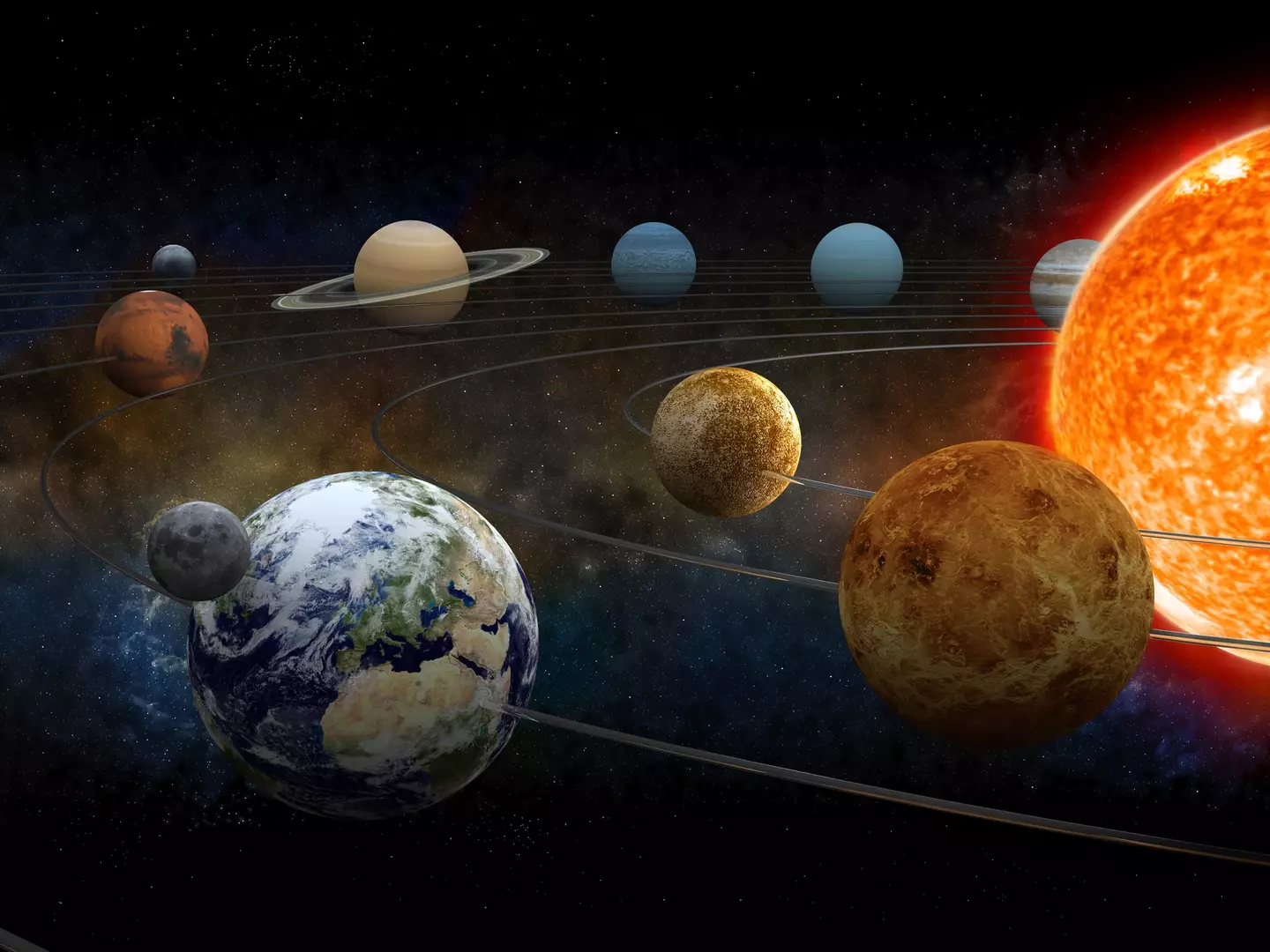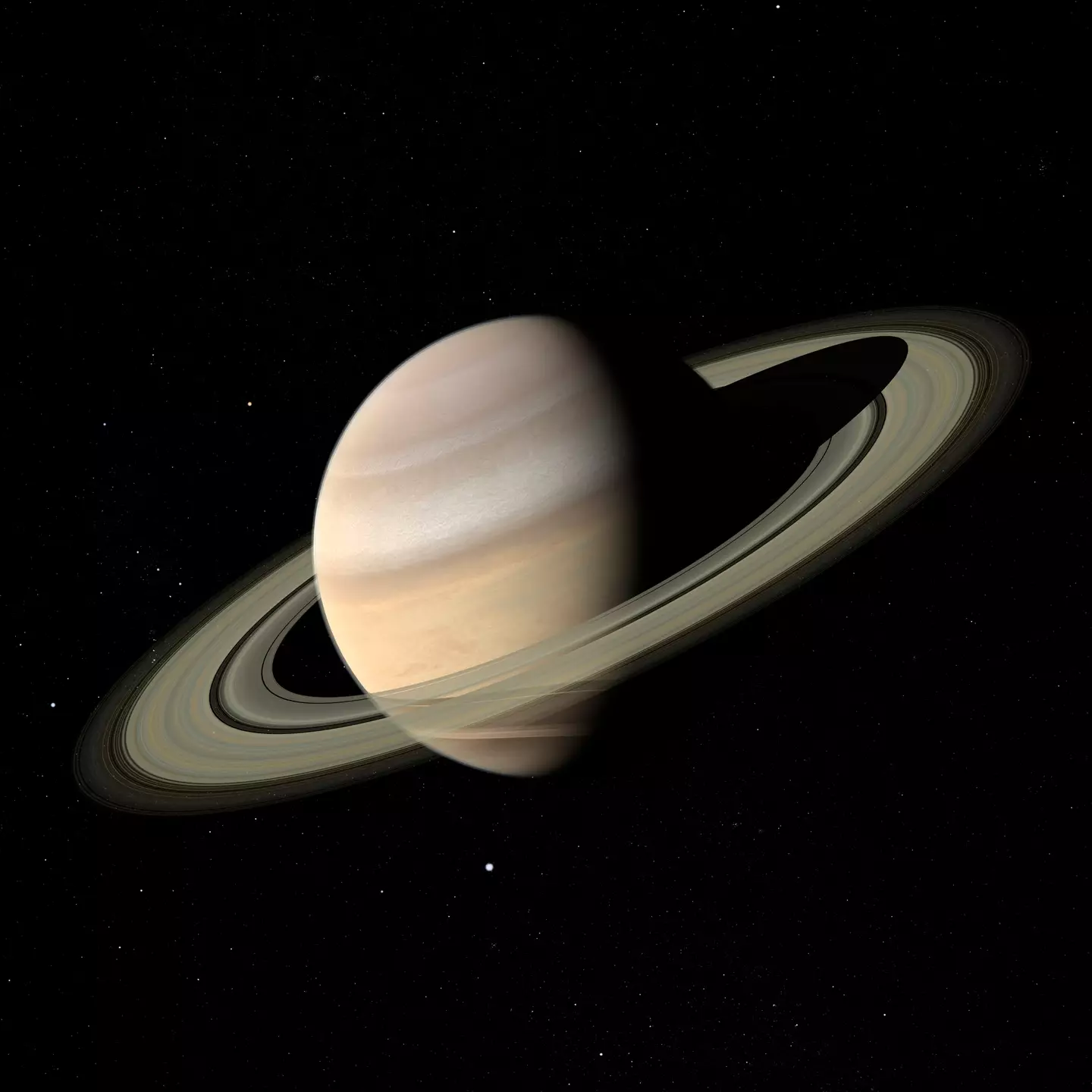
The sixth planet in our solar system will have its rings disappear from sight which hasn't happened since 2009.
If I say 'the planet in our solar system with rings', you'll probably guess Saturn.
Though its not scientifically correct as Neptune, Jupiter, and Uranus all have rings they're just much less visible.
So to many of us, planet Saturn's distinct feature is the Saturn rings.
Advert
However, NASA has indicated that these rings may not be visible for much longer, with the countdown possibly reaching as little as 18 months.

Saturn's rings are made up of chunks of ice and rock that are coated with materials like dust. These chunks vary heavily in size. The American space agency confirms that some are 'as small as a grain of sand' whilst others are 'as large as a house.'
Though scientists haven't yet confirmed how or when they formed - though they theorise it's something to do with the many moons of Saturn.
Advert
Visible even with a small telescope from Earth, the grand sight of the iconic rings are set to disappear from view come 2025.
According to IFL Science, the date of 23 March 2025 will see the 'angle of the tilt drop to zero'. This means they will be on such a flat angle to us from Earth that it will basically become invisible. Get that date in your calendar!
To put some context to this, imagine trying to look at something flat like a piece of paper edge-on and as far away as the other end of a football field. Basically impossible, right?
Interestingly though, this vanishing of rings hasn't happened since September 2009 and before that, not since February 1996.
Advert

IFL Science confirmed that Saturn's rings will remain out of view until 2032, where it will show the other side of its rings. A bonus sight here is the enhanced visibility of Saturn's moons as well - if you're lucky!
More good news, IFL Science have stated that this isn't a once-only event! Future dates of Saturn's ring disappearance are confirmed to be: 'October 15, 2038, April 1 2039, and July 9, 2039.'
In 2018, NASA data showed that the rings will be completely gone in the next hundred million years, as Saturn's rings are being 'pulled into Saturn by gravity.'
Advert
Forming a dusty 'ring rain', they believe it would produce enough water to 'fill an Olympic-sized swimming pool every half-hour.' Parts of which are falling in the sixth planet's equator which may cause Saturn's rings to disappear in 100 million years.
Fun fact: Galileo Galilei became the first person to observe Saturn through a very basic telescope in 1610.
Ironically, due to his telescope's limited resolution - and his side-on view of the planet - he couldn't identify the rings, which are now recognised as Saturn's most distinctive feature.